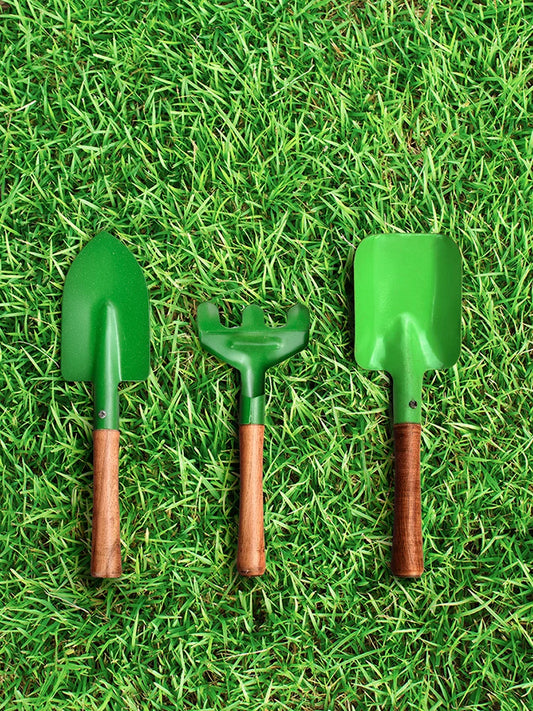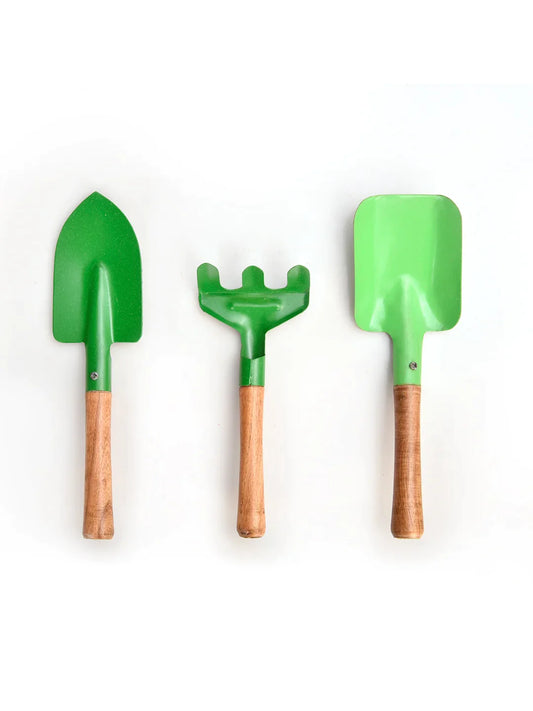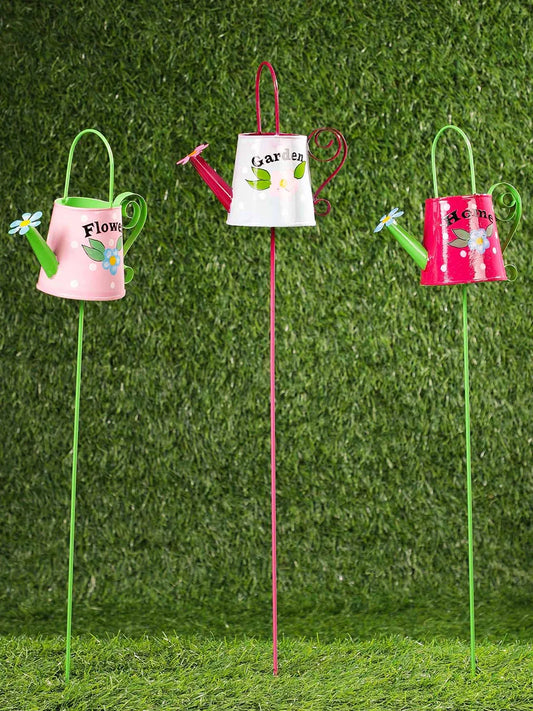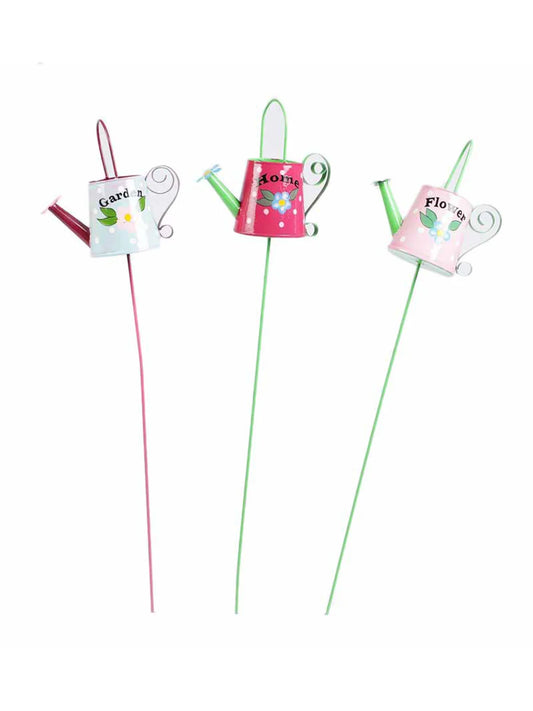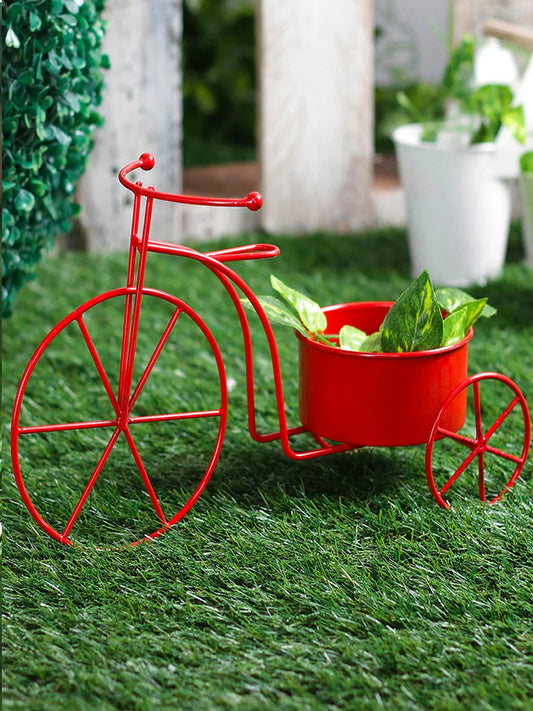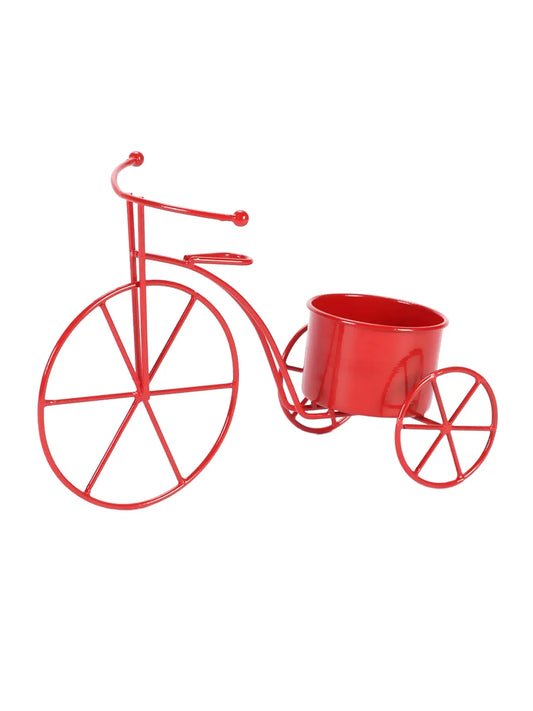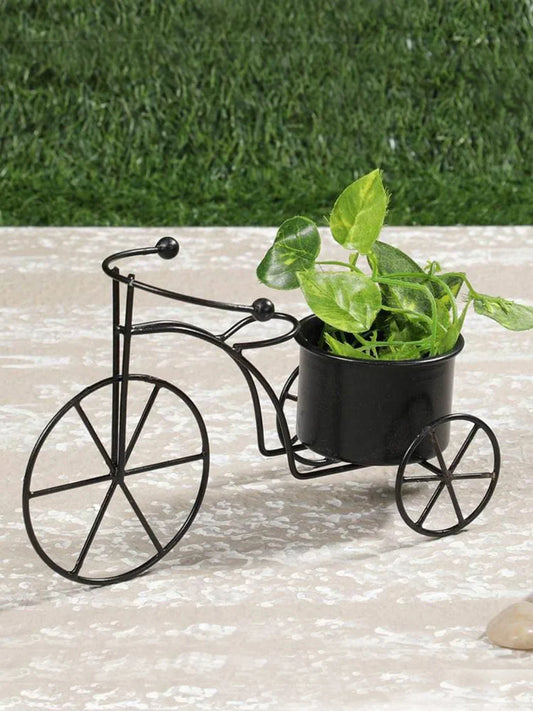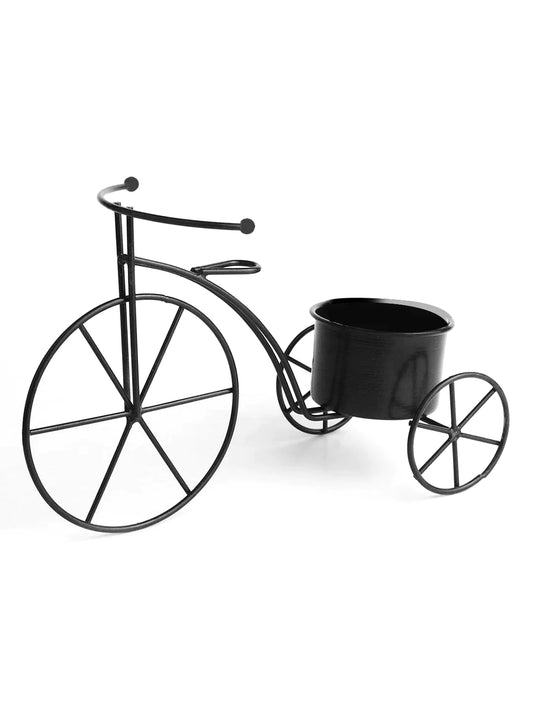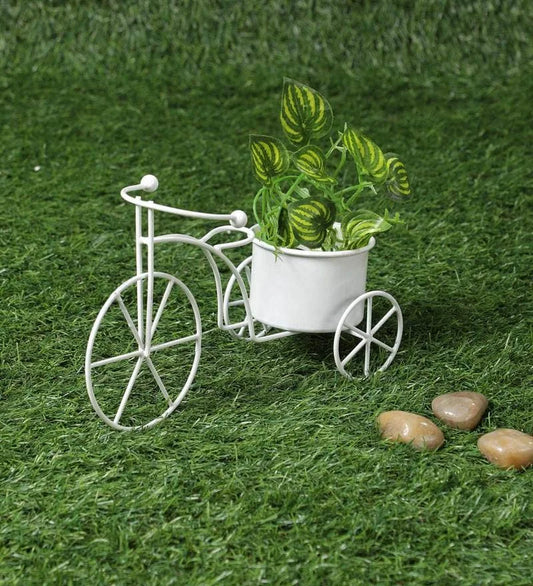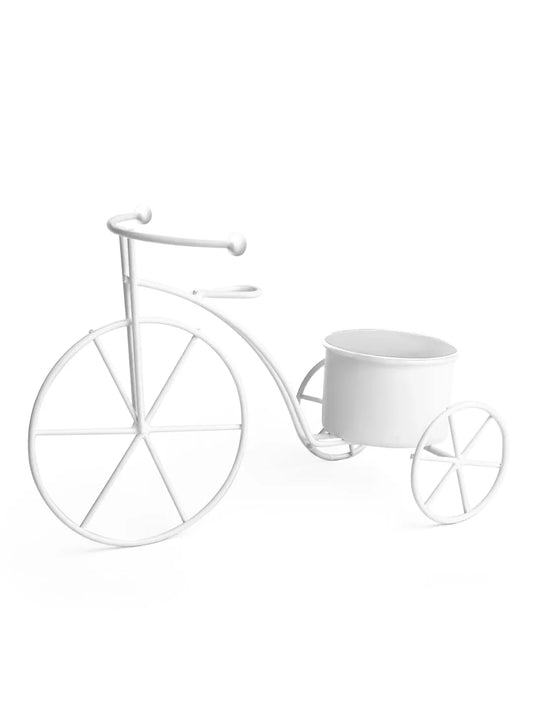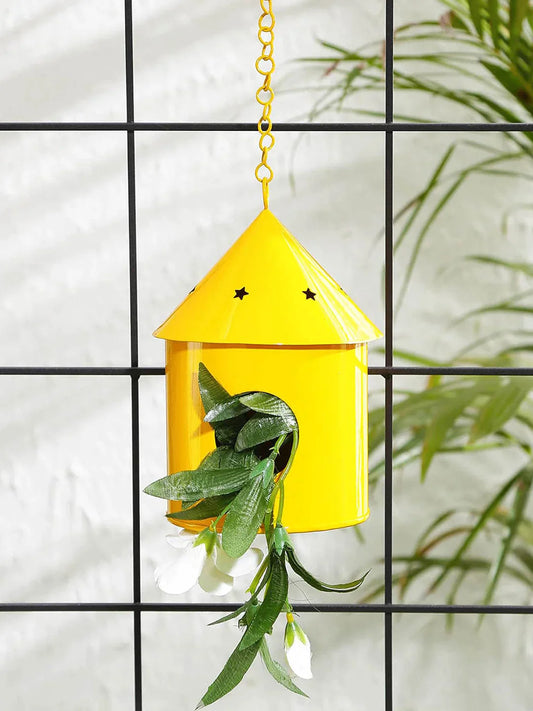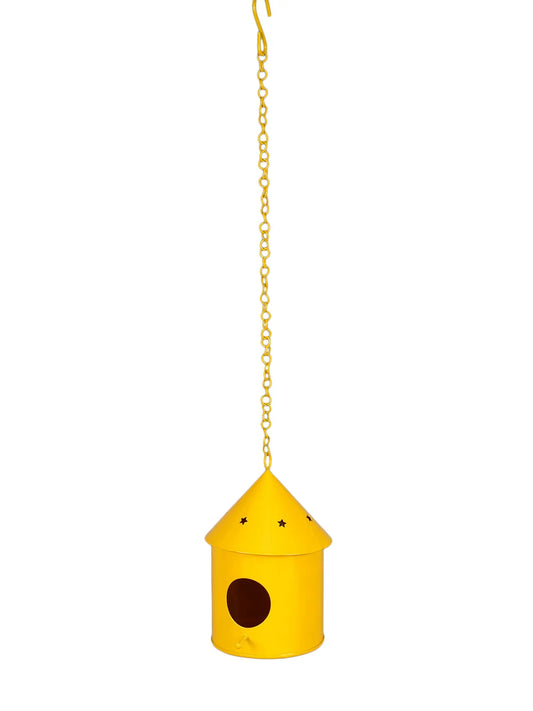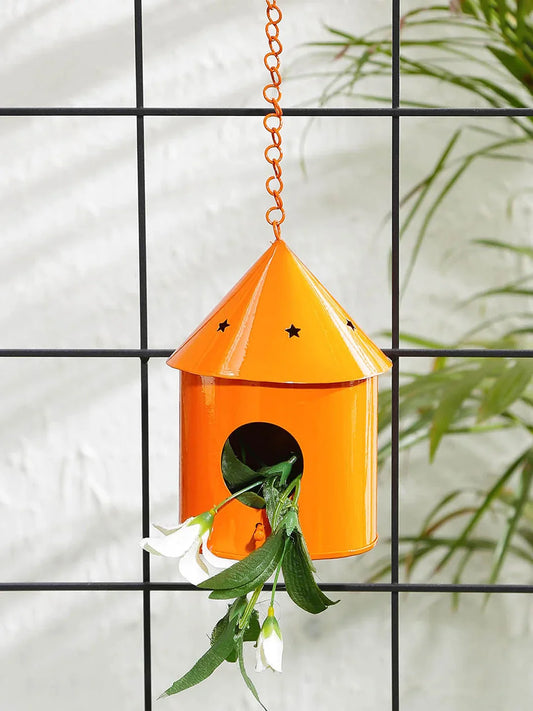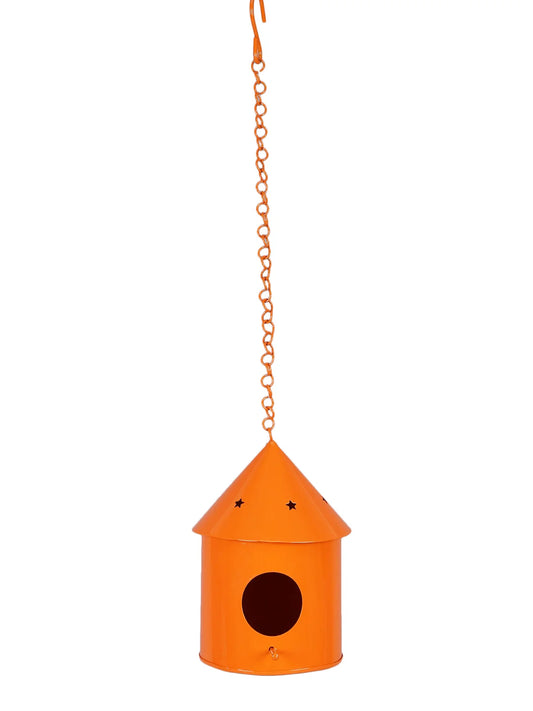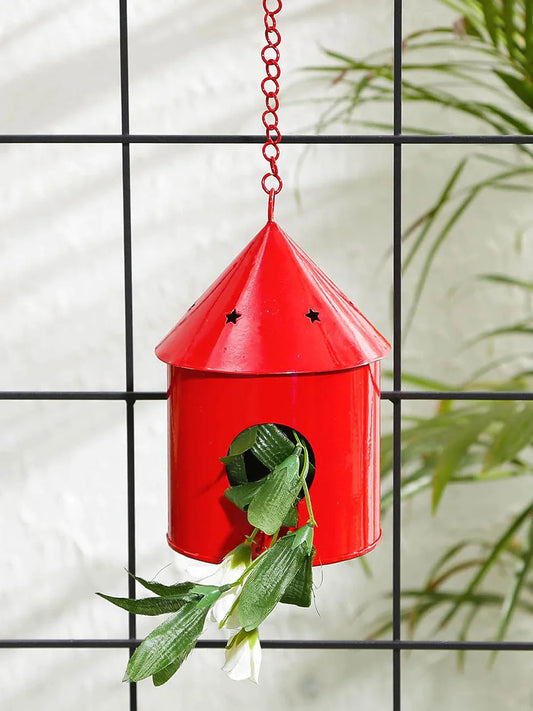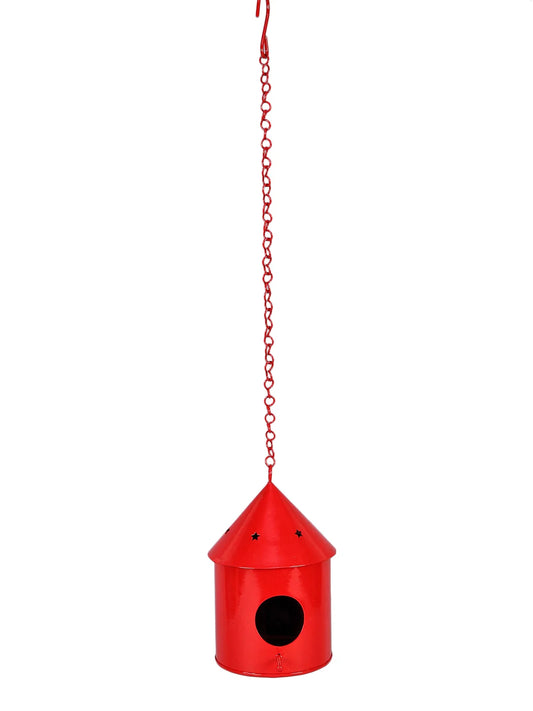Wall shelves have become a staple in modern home design, offering practical functionality and visual appeal. Whether used to display vibrant greenery or showcase decorative accents, these shelves add depth, character, and personality to interiors. Choosing the right type of shelf whether for plants or décor is crucial to meeting your specific needs and creating a cohesive, aesthetically pleasing space.
This article will explore the differences, features, and considerations for plants versus wall shelves for décor, helping you make the best choice for your home.
Features Products of Wall Shelves
Wall Shelves for Bedroom
Wall shelves in the bedroom offer a practical way to organize and display essentials like books, plants, or decorative pieces. They help save floor space while adding a neat and stylish touch to the room. Options like floating shelves suit modern interiors, while rustic wooden designs create a warm and cozy atmosphere.
Wall Shelves for Living Room
Wall shelves in the living room are perfect for organizing photo frames, artwork, or small collectibles. They add character to the space while keeping it tidy and organized. With options in wood, metal, or glass, these shelves are sturdy and versatile, complementing different décor styles effortlessly.
Key Differences in Purpose and Design
Plant Shelves
- Functionality-Focused Design: These shelves are built to support the weight of pots, soil, and plants while withstanding exposure to moisture.
- Moisture Resistance: Materials like treated wood, metal, or plastic are preferred for their ability to handle occasional water spills and humidity.
- Weight Capacity: Plant shelves must bear significant weight, especially for larger pots or groups of plants.
Décor Shelves
- Aesthetic-Focused Design: Décor shelves prioritize style and display optimization, often featuring sleek lines, intricate detailing, or unique shapes.
- Styling Options: These shelves are available in various materials, finishes, and styles to complement the room's theme.
- Display Orientation: The design emphasizes the visibility and positioning of decorative items like vases, photo frames, or artwork.
Wall Shelves for Plants: Essential Features
- Material Considerations: Water-resistant materials like treated wood, powder-coated metal, or sturdy plastic are ideal for plant shelves. Bamboo shelves offer a natural look with moisture resistance.
- Weight-Bearing Capacity: Metal brackets or reinforced supports are essential for heavy plants like fiddle-leaf figs or monsteras. Ensure the wall can bear the load.
- Depth Requirements: Deeper shelves are necessary for larger pots, while shallow shelves work for smaller plants like succulents.
- Drainage and Moisture Management: Consider shelves with raised edges or waterproof liners to catch excess water.
- Light Exposure Positioning: Install shelves near windows or provide grow lights for plants requiring bright, indirect light.
- Ventilation Needs: Ensure proper airflow to prevent mold, mildew, and pest issues.
Wall Shelves for Décor: Key Characteristics
- Style Variety and Design Options: Décor shelves come in a range of styles, from minimalist floating shelves to ornate wall-mounted designs.
- Dimensions and Proportions: Standard décor shelves are typically 6–10 inches deep, providing enough space to display items without overwhelming the wall.
- Material Choices: Materials like glass, wood, metal, or acrylic are commonly used for décor shelves.
- Weight Requirements: Décor shelves can support lighter items like photo frames, candles, and small sculptures.
- Versatility in Arrangement: Décor shelves can be arranged in symmetrical patterns, staggered layouts, or as part of a gallery wall.
- Visibility and Display Angles: Position shelves at eye level to maximize visibility. Add lighting accents to enhance the display's impact.
Installation Considerations
For Plant Shelves
- Structural Support: Use heavy-duty brackets or anchors to support the weight of pots and soil.
- Water Protection: Seal the shelf surface and surrounding wall to prevent damage from moisture.
- Light Access: Position the shelves near natural light sources or provide grow lights.
For Décor Shelves
- Visual Alignment: Ensure the shelves are level and evenly spaced for a polished look.
- Spacing: Allow enough space between shelves to accommodate tall items like vases or framed art.
- Mounting Systems: Floating shelves with concealed brackets offer a sleek appearance.
Maintenance Requirements
Plant Shelves
- Regularly clean the shelves to remove water stains, soil, or dust.
- Monitor the weight distribution as plants grow or are replaced.
- Address moisture issues promptly to prevent damage or mold growth.
Décor Shelves
- Dust the shelves and displayed items frequently to maintain their appearance.
- Rearrange items occasionally to refresh the display.
Cost Comparison
- Initial Investment: Plant shelves often require sturdier materials, leading to higher upfront costs. Décor shelves may be less expensive.
- Long-Term Maintenance: Plant shelves may incur additional costs for waterproof liners or replacements. Décor shelves have lower maintenance costs.
Making the Right Choice
- Space Assessment: Evaluate the available wall space and lighting conditions.
- Budget Considerations: Determine your budget and prioritize features accordingly.
- Style Preferences: Match the shelf style to your overall interior design.
- Practical Needs: Consider whether you want to nurture plants or display decorative items.
- Hybrid Solutions: Combine shelves for both plants and décor to create a dynamic display.


